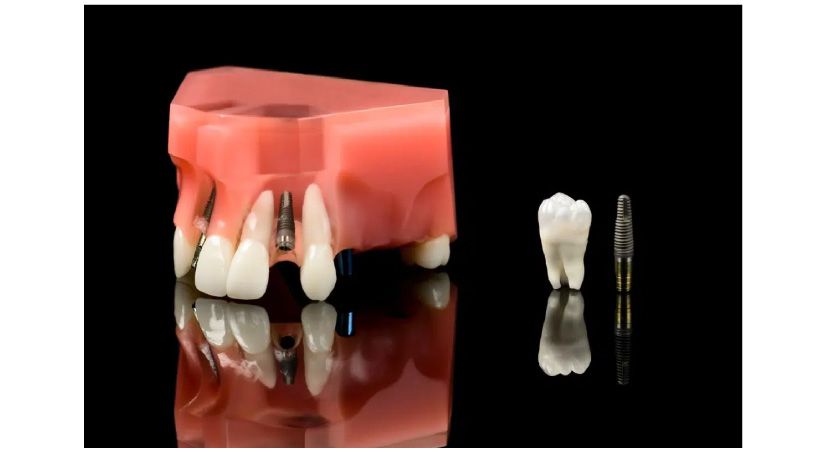Aplicación del diseño de sonrisa digital 3D basado en análisis de articulación virtual en odontología estética
Ene 20 de 2025 0
Abstract
A technique for the application of a virtual articulation system in 3-dimensional digital smile design (DSD) during esthetic restoration is described. To acquire stable occlusion and a smooth jaw movement pattern without premature contacts or interference, a digital facebow and a virtual articulator were used to collect and analyze a patient’s occlusal data and jaw movement information. The original pattern of occlusal contacts and jaw movements were diagnosed as stable and copied to the digital design of the new prostheses. Preparation of the abutments, crown lengthening surgery, and definitive crown fabrication and cementation were performed according to the design. After 9 months, the occlusion remained stable, and the patient was satisfied with the outcome.
For all prostheses, a good outcome should be based on proper occlusal design.1 Although masticatory function may not be considered as the primary role of an esthetic restoration, occlusal stability needs to be achieved for long-term benefits. Incorrect occlusal contacts have been reported to lead to problems. Premature contact of a prosthesis at the maximal intercuspation position would alter the vertical dimension,2 and improper incisal guidance could interfere with condylar pathways and neuromuscular control patterns.3 As a result, disregarding occlusion in the design of an anterior prosthesis is likely to lead to abnormal attrition, occlusal trauma, tooth migration, or temporomandibular disorders.4–6
Consequently, when patients present with a stable occlusion before esthetic treatment, the occlusal relationship should be transferred to the occlusal contacts and anterior guidance of the definitive restorations. When patients present with an unstable occlusion, occlusal equilibration should be considered.7 Traditionally, duplicating or correcting the occlusal contact and guidance of anterior teeth has been achieved by mounting diagnostic casts on a mechanical articulator.8,9 With the development of digital technologies, the use of a virtual articulator has become popular in prosthetic dentistry.10 They are being used in a wide range of applications because of advantages that include individualized diagnosis, visualization of treatment options, 3-dimensional (3D) simulation, and accurate reproduction.10–12 Digital smile design (DSD) systems are another advanced technology in esthetic dentistry and have demonstrated efficiency and accuracy.13 In this technique article, the use of 3D DSD to reconstruct a patient’s anterior teeth based on virtual articulation analysis is described. A satisfactory esthetic outcome was achieved with complete consideration for occlusal stability.






